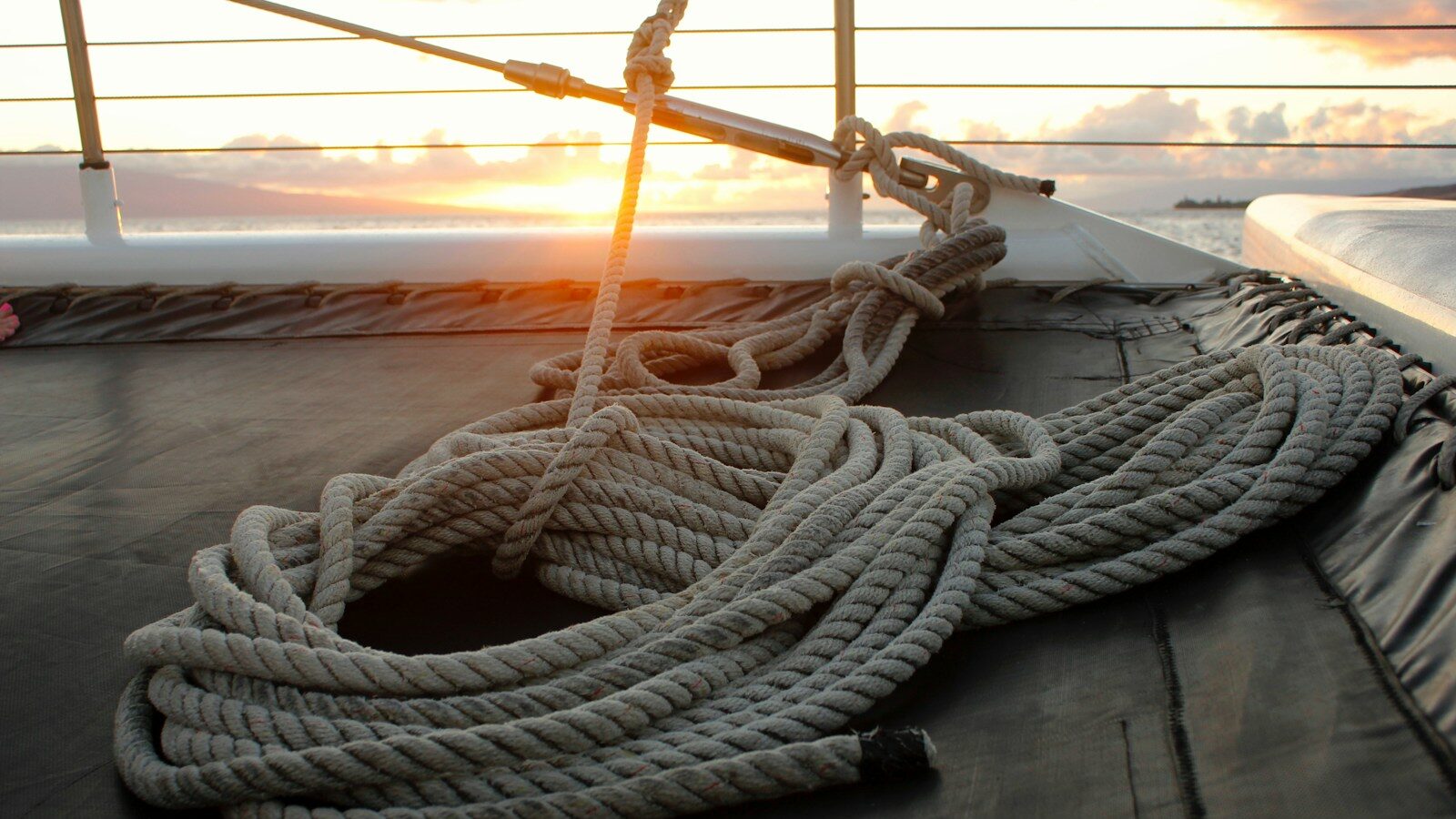On Friday 29th May the Chancellor set down the framework and timetable for substantial reforms to the Coronavirus Job Retention Scheme (CJRS) – in particular the introduction of ‘flexible furlough’ and employer contributions – and confirmed that this scheme will be closed at the end of October 2020.
What are the key changes and how can you best prepare for them?
10th June – final date for furloughing
This is the cut-off date for any new cases of placing employees on furlough, if you want the option to furlough them after 1st July when the new ‘flexible furlough scheme’ is implemented.
As an anti-abuse measure, the new scheme will be closed to new entrants, and only open to employers that previously used the existing scheme and in respect of employees they have previously furloughed.
You should start considering now your staffing requirements from July onwards. If you wish to rotate furlough for someone who has continued working until now, they need to have been on furlough for a minimum of 3 weeks by 30th June. You should also look at any employees who are working reduced hours, and weigh up the balance between releasing them onto furlough for the rest of this month and the ability to claim support for their unworked days from July.
12th June – new guidance
On this date the Government will publish further guidance about flexible furloughing and how employers should calculate claims from 1st July. This promises to be a complex exercise and you should ensure you have the appropriate internal or external payroll support available alongside the modelling of your staffing needs.
1st July – flexible furloughing
This major change addresses the ‘all or nothing’ drawback of the current scheme, enabling businesses to bring furloughed employees back to work for any period of time or shift pattern, while still able to claim the CJRS grant for their normal hours not worked.
This change has been brought forward from its original start date of 1st August. Flexible furlough is generally viewed as crucial to helping the economy recover post-lockdown while also supporting income levels.
You need to agree any new flexible furloughing arrangements with your employees and confirm this agreement in writing. As part of your claim to the CJRS you will need to report hours worked, and the usual hours worked in a claim period, so check you have suitable systems in place for the recording of working hours.
You also must ensure that the number of employees claimed for in any period does not exceed the maximum number of employees claimed for under any previous claim.
Pending further guidance, it is unclear how this scheme will operate for employees who work variable hours including zero-hours contracts – presumably there will be a formula to calculate average worked hours over a specified reference period. It is also not clear yet what obligation or incentive employers will have for including these employees in their claims to HMRC.
The minimum claim period will be one week, allowing businesses to test the water with staffing levels, though employers can adopt longer claim periods such as fortnightly or monthly cycles. Claim periods however may no longer straddle calendar months, in view of the forthcoming changes to the scheme funding. You may still submit claims before your payroll run, at the point of payroll run or after.
The level of HMRC grant will stay at 80% of wages for unworked hours, up to the cap of £2,500. The cap will be proportional to the hours not worked; for example, the cap will be £1,500 in the case of a full-time employee who works two days a week.
1st August – employers pay NICs and pension
HMRC will continue to pay up to 80% of wages for the hours an employee does not work, up to the cap of £2,500. As the first step of the tapering of HMRC support, employers will have to pay the employer NI contributions and pension contributions for the hours the employee does not work. Based on the typical CJRS claim of £1,380 per month, this will involve a cost of £69 per month or 5% of total gross employment costs.
1st September – employers pay 10% of furlough wages
From this date, the HMRC support will be reduced to 70% of wages, up to a cap of £2,187.50, and employers will have to pay 10% of wages as well as NICs and pension contributions. On the average CJRS claim this will represent an employer cost of £207 per month, 14% of total employment costs.
As soon as possible you should start to map out the rising costs implications for your business of employer contributions to furlough leave, and hence the affordability of retaining employees on furlough for the duration of the scheme.
While the tapering of the scheme is more generous than was predicted, this may not dissuade many businesses from pressing ahead imminently with large-scale redundancy programmes, while they can draw upon the maximum level of HMRC subsidy available towards paying staff during their notice periods.
1st October – employers pay 20% of furlough wages
The HMRC support will decrease in October to 60% of wages, up to a cap of £1,875, and employers will have to pay 20% of wages, plus NICs and pension contributions. This amounts to an employer cost of £345, 23% of total employment costs, on the typical claim.
31st October – end of the furlough scheme
This will be the end of the furlough scheme as it stands, and there are deep concerns that the ‘cliff-edge’ ending of the scheme will have a devastating effect on the economy and labour market at this point. This reflects the extent to which the CJRS has so far protected the UK economy from the sort of unemployment levels which the USA is experiencing due to the coronavirus pandemic.
It is possible that a narrower or localised furlough scheme could be retained if there is a second peak of virus infection in the autumn, or if regional or local lockdowns are reintroduced.
The Government will also face pressure for retention of the furlough scheme in sectors of the economy which remain closed for the foreseeable future such as the hospitality, arts and entertainment sectors, where businesses cannot currently project any incoming revenues to meet staffing and other business costs.
As your business plans for the closure of the furlough scheme, you should consider the range of potential measures by which you could avoid or minimise redundancies, such as salary reductions or deferrals, retraining and redeployment, reviewing costs of off-payroll staff, or short periods of unpaid or partially paid leave.
[cm_form form_id=’cm_65a14c3f5da64′]








